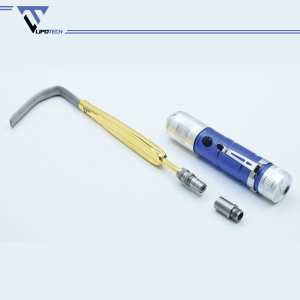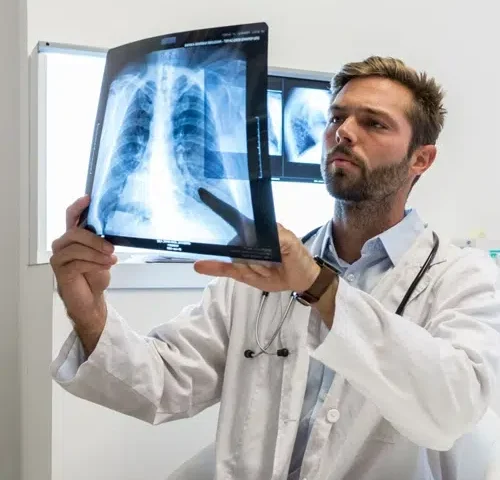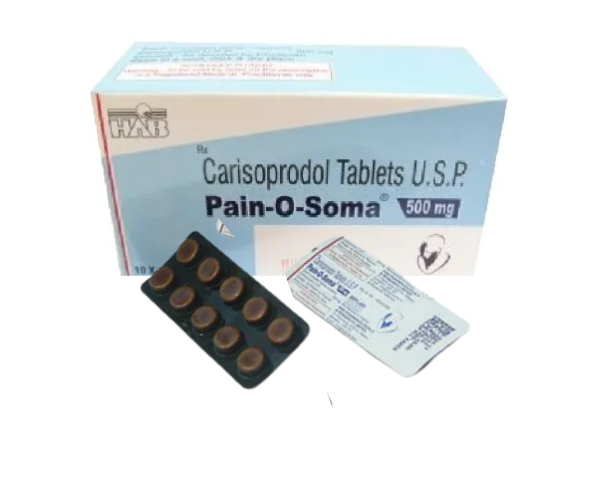Rhinoplasty, commonly referred to as a “nose job,” is a surgical procedure that reshapes or repairs the nose for either cosmetic or functional purposes. Whether you’re a surgeon looking to refine your toolkit or a patient curious about the process, understanding the essential rhinoplasty instruments is crucial. This guide will walk you through the key tools used in rhinoplasty, their functions, and why they are important for a successful outcome.
1. Scalpel: The Precision Cutter
The scalpel is one of the most fundamental instruments in any surgical procedure, including rhinoplasty. This small, sharp knife is used to make precise incisions in the skin and cartilage. Surgeons often use a #15 blade for its fine tip, which allows for meticulous cuts that are essential for achieving the desired nasal shape.
2. Nasal Speculum: Keeping the Pathway Clear
A nasal speculum is a hinged instrument that is inserted into the nostrils to keep them open during the procedure. This tool provides the surgeon with a clear view and ample space to work inside the nasal cavity. There are various sizes and types of speculums, each designed for specific aspects of the surgery.
3. Osteotome: Shaping the Nasal Bones
An osteotome is a chisel-like instrument used to cut or reshape the nasal bones. This tool is particularly important in cases where the nasal bridge needs to be narrowed or the nasal bones require realignment. The osteotome allows for controlled and precise bone cuts, minimizing the risk of damage to surrounding tissues.
4. Rasp: Smoothing the Edges
After the nasal bones have been cut or reshaped, a rasp is used to smooth out any rough edges. This instrument has a rough surface that files down the bone, ensuring a smooth and natural contour. The rasp is essential for achieving a polished finish, which is critical for both the aesthetic and functional outcome of the surgery.
5. Forceps: Holding and Manipulating Tissues
Forceps are versatile instruments used to hold, grasp, and manipulate tissues during rhinoplasty. There are various types of forceps, including Adson forceps for delicate tissues and Brown-Adson forceps for more robust handling. These tools are indispensable for precise tissue manipulation, ensuring that the surgeon can work with accuracy and control.
6. Scissors: Cutting with Precision
Surgical scissors come in various shapes and sizes, each designed for specific tasks. In rhinoplasty, scissors are used to cut cartilage, trim tissues, and refine the nasal structure. Common types include straight, curved, and angled scissors, each offering different advantages depending on the surgical needs.
7. Sutures and Needle Holders: Closing the Incisions
Once the reshaping is complete, the incisions need to be closed with sutures. Needle holders are used to grasp the suture needle, allowing the surgeon to stitch the tissues together with precision. The choice of suture material and technique can significantly impact the healing process and the final appearance of the nose.
8. Suction Device: Maintaining a Clear Field
A suction device is used to remove blood and other fluids from the surgical site, ensuring a clear field of view for the surgeon. This tool is essential for maintaining visibility and precision throughout the procedure.
9. Lipotech: Enhancing Precision in Fat Grafting
In some advanced rhinoplasty procedures, Lipotech technology may be used for fat grafting. This innovative tool allows surgeons to harvest and process fat cells with precision, which can then be used to augment or reshape the nose. Lipotech ensures minimal trauma to the fat cells, improving the survival rate of the graft and enhancing the overall results.
Conclusion
Rhinoplasty is a complex and delicate procedure that requires a high level of skill and precision. The instruments used in the surgery, including advanced tools like Lipotech, play a crucial role in achieving the desired outcome, whether it’s improving the appearance of the nose or enhancing its function. By understanding the essential rhinoplasty instruments, both surgeons and patients can gain a deeper appreciation for the intricacies involved in this transformative procedure.





